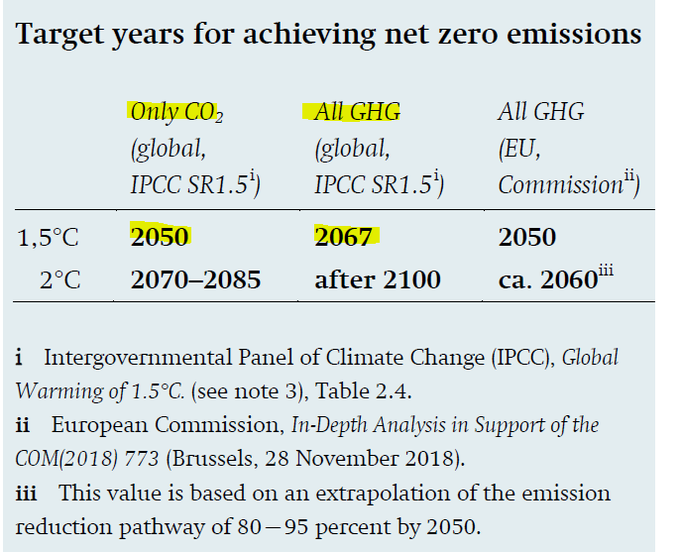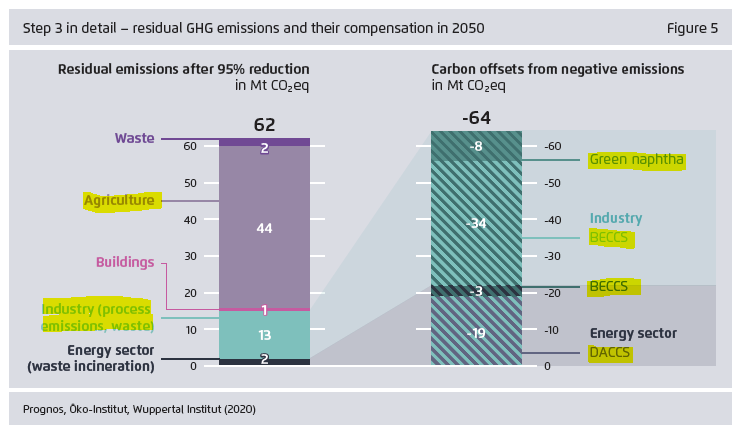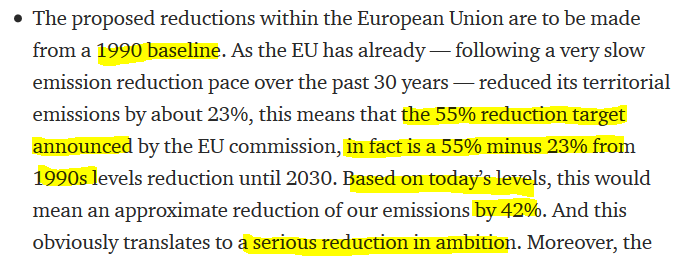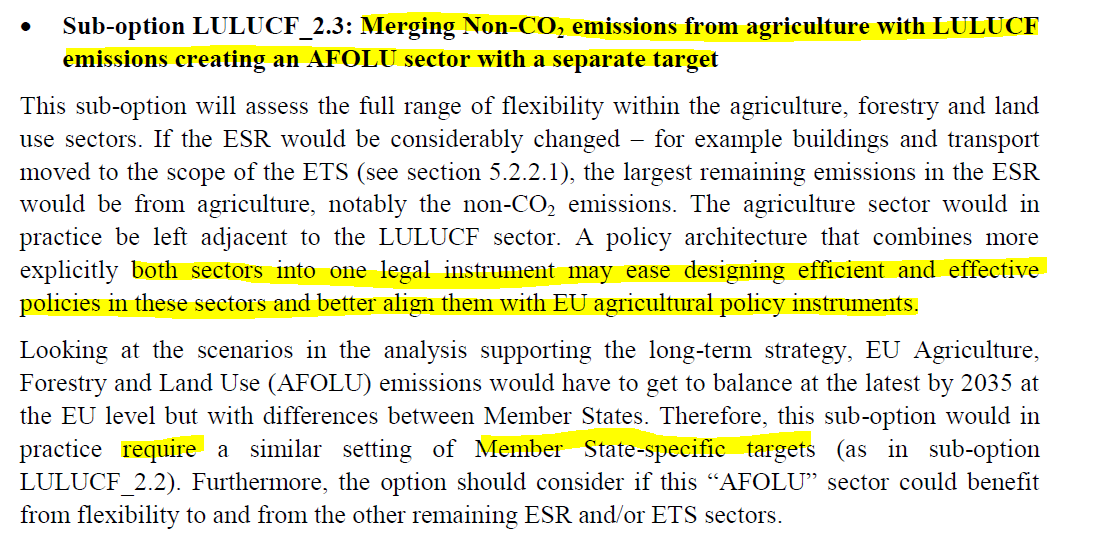
A crucial aspect still unclear in Biden administration's #climate policy plan. Does "net-zero economy by 2050" cover all greenhouse gases (like in EU) or only CO2 (like US 2035 target for power sector)?
Net-zero GHG is much more ambitious than net-zero CO2
whitehouse.gov/briefing-room/…
Net-zero GHG is much more ambitious than net-zero CO2
whitehouse.gov/briefing-room/…
Net zero GHG is much harder to achieve than net zero CO2. In global scenarios, it takes 10-20 years longer
swp-berlin.org/10.18449/2020R…
swp-berlin.org/10.18449/2020R…

Main reason is that non-CO2 emissions like nitrous oxide (N20) and methane (CH4) are much harder or impossible to eliminate, so they need to be counterbalanced by CO2 removal, which takes longer.
Below global pathways. For countries, it depends on their specific emissions profile
Below global pathways. For countries, it depends on their specific emissions profile

I'm not sure what the (modelled) difference for net-zero CO2 vs net-zero GHG would look like (in years). But I'm sure @JesseJenkins, project lead for the excellent 'Net Zero America' study has an answer, or at least an educated guess
princeton.edu/news/2020/12/1…
princeton.edu/news/2020/12/1…
If you need a brief explainer on net-zero CO2 vs. net-zero GHG (or "carbon neutrality" vs. "climate neutrality"), take this excellent 'Bloomberg Green' piece by @AkshatRathi bloomberg.com/news/articles/…
Full Biden executive order text now released (HT @bradplumer). It sounds like net zero GHGs would be needed globally by 2050 or earlier. This is much more ambitious than what #IPCC #SR15 says.
Bold move, or misunderstanding the science?
whitehouse.gov/briefing-room/…
Bold move, or misunderstanding the science?
whitehouse.gov/briefing-room/…

• • •
Missing some Tweet in this thread? You can try to
force a refresh

















